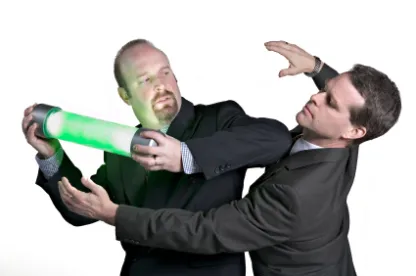Patent prosecution involves one side arguing for, and another side arguing against, the validity of claims in a patent application. This takes the form of a written discourse, in which an Examiner for the USPTO (United States Patent and Trademark Office) generally argues (in an Office action) the claims are not valid, and a patent practitioner acting on behalf of an applicant generally argues (in a reply) that the claims are valid. To be effective at this, generally each side tries to set forth facts, premises and arguments that it believes valid, and tries to find fallacies in the supposedly valid facts, premises and arguments that the opposition has presented. Each argument is fit to the particulars of the situation at hand, and choices of what to pursue, and possible pitfalls, are manyfold.
Missing premises and hidden assumptions are especially vital to find. Finding one of these in an argument made by an opponent may offer a path to disproving an assertion or conclusion. Finding one of these in one’s own argument may offer a path to improving the argument, by making explicit the premise or assumption and backing it up with a factual finding, or may suggest a weakness in the argument and reevaluation of whether the argument is worth making or whether there is another argument to be made.
Psychology plays a role, often, in this. As a patent practitioner and somewhat of a reformed idealist, I often wish this were not so, and we could proceed solely on the basis of objectivity, rationality, reasonability, and an agreed-upon set of rules. This is, I think, an ideal. Yet, I often find it helpful to understand the mindset of an Examiner, to grasp why a rejection is being made and why the Examiner has (apparently) a set of beliefs about the claim interpretations and the interpretations of the cited references that differs (often substantially) from my own. Doing so then affords insights as to how to frame, focus and carry out a discussion and argument, because then I know what to address in terms of what part of the understanding that I have is lacking in my opponent. Combining these insights, gleaned from psychology, with argument styles and techniques drawn from these many sources and experiences, can produce successful arguments in patent prosecution. All part of the art of patenting.




 />i
/>i

